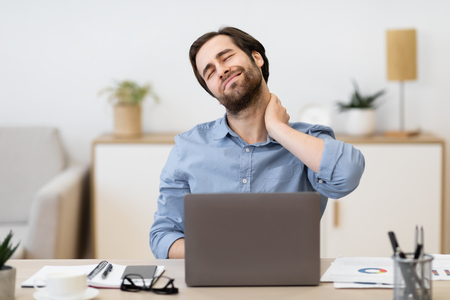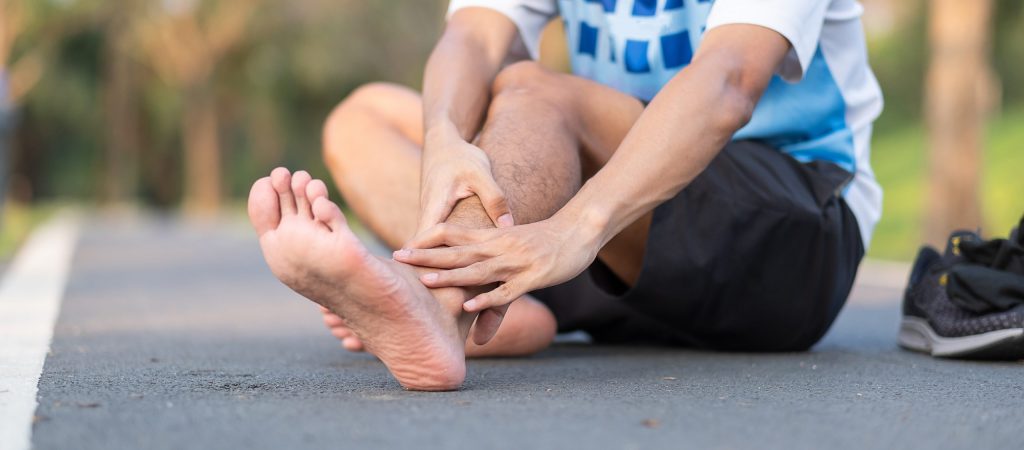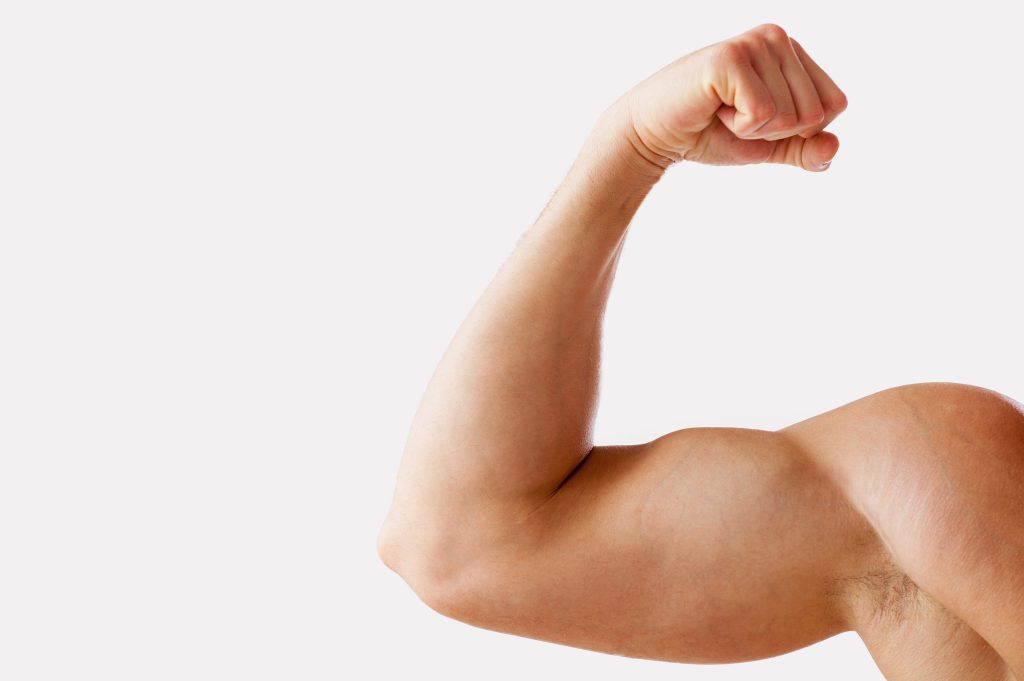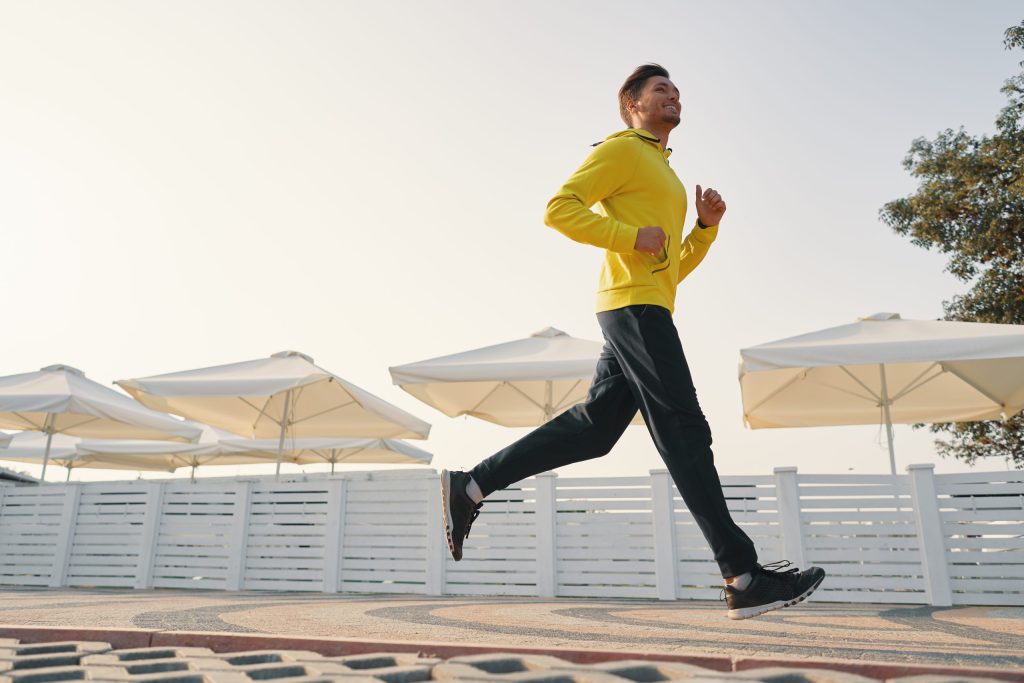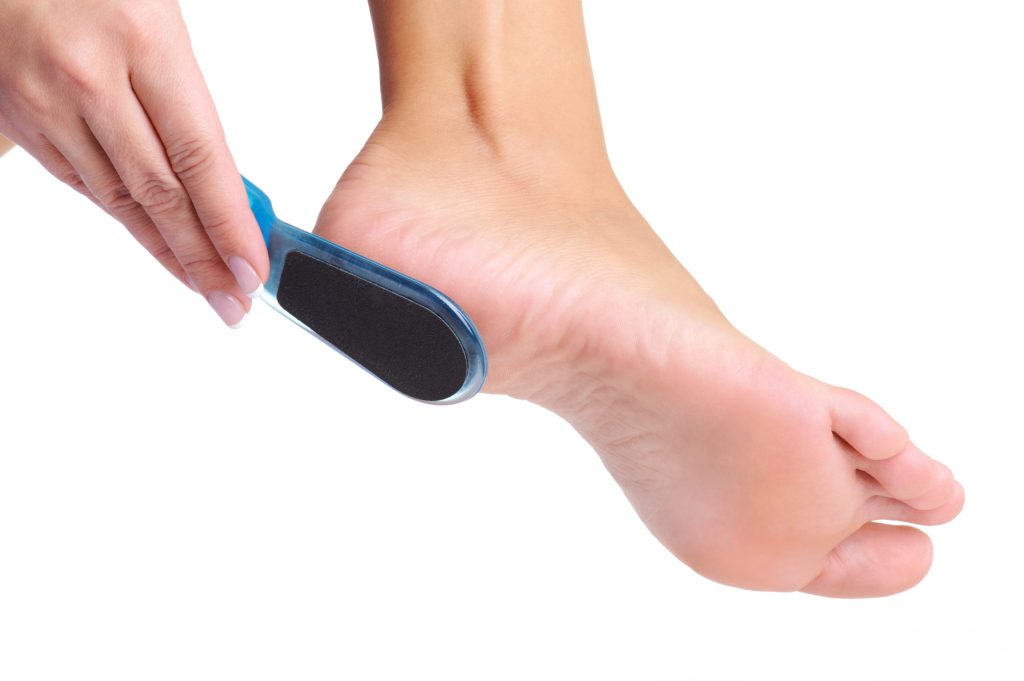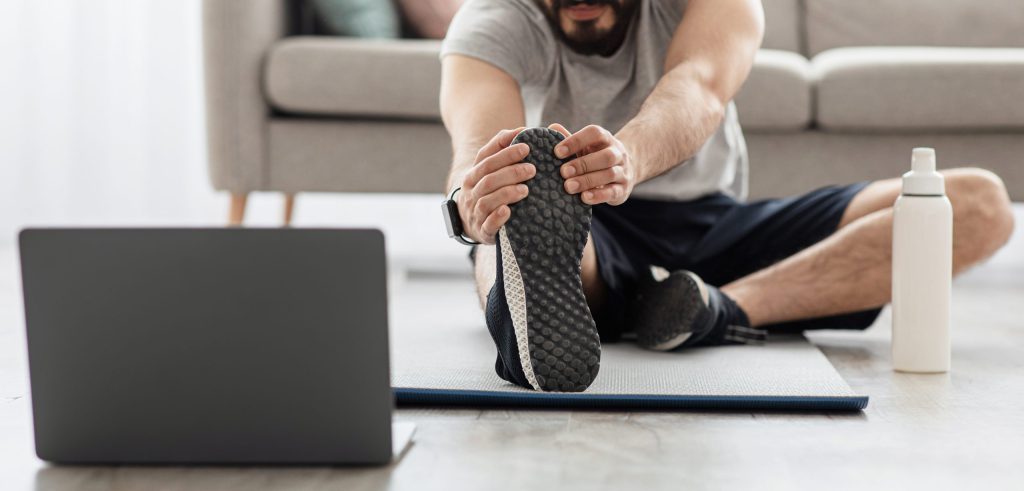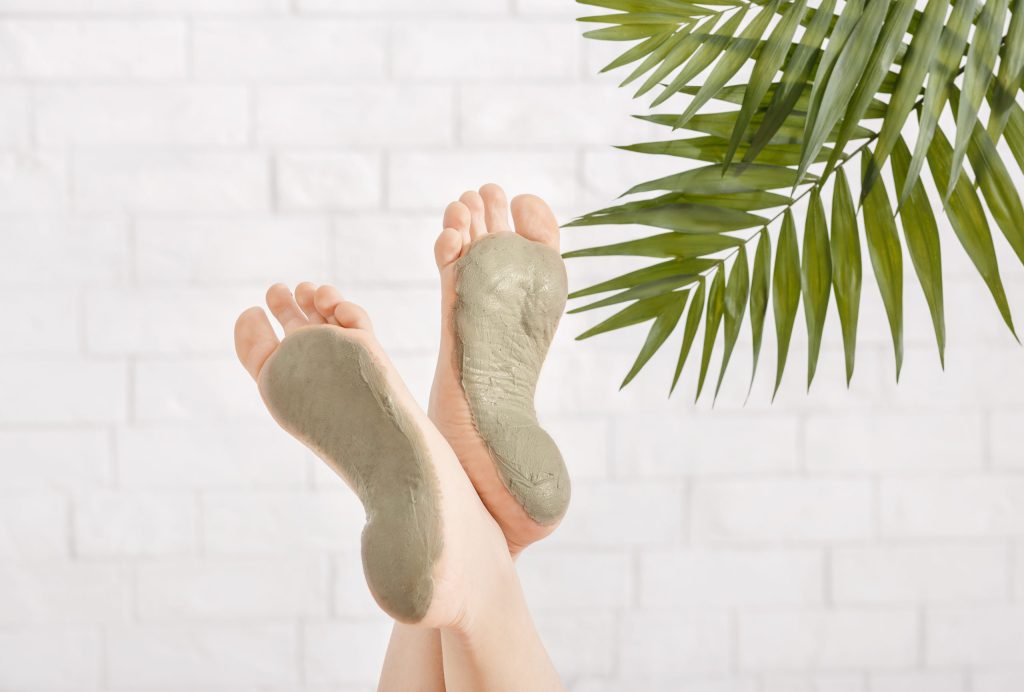Tips for Office Injuries Prevention
For many of us, our homes served as our workplace for a while, but that is no longer the case, and most of us are back to the office. Many people had medical issues due to office injuries. This emphasized the need of choosing a good workplace and sitting in the proper postures. Surprisingly, this is not restricted to working from home; you might have the same medical problems while working in an office! Let’s start with some simple tips and changes to your workplace. Setting up your workspace When choosing a desk or table, make sure you leave enough space for your feet so that you can sit comfortably. Make sure your laptop screen is at the same height as your eye. If not, you can put your laptop on some books. Use a separate keyboard and mouse, if possible, and place them directly in front of you to avoid bending the wrists. Place a pillow or hand towel rolled up in the lower back to provide adequate support for the spine. But if your seat is too low, sit on a cushion to raise the seat. Avoid sitting or standing for a long time and change your position every few minutes. Do not sit on the sofa or in a lounge chair with the laptop on your lap because this gives you a false sense of comfort and you will not move as much as you should. Rest your eyes every 20 minutes and look away for 20 seconds. Set an alarm to remind you to move, stretch, and change positions at regular intervals throughout the day. How to avoid office injuries? Always look straight ahead, not down. Keep your ears at the same vertical level as your shoulders. Take regular breaks away from screens. Keep your shoulders relaxed and down. Ensure that the backrest is fully positioned. Keep your elbows and forearms at the same level as the desktop. Keep your elbows and forearms at the same level as the desktop, your thighs parallel to the floor, knees slightly lower than your hips, and your feet flat on the floor.
Tips for Office Injuries Prevention Read More »
